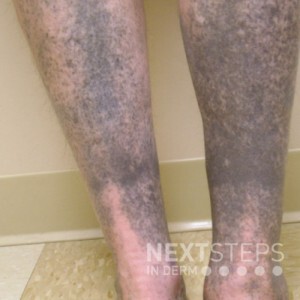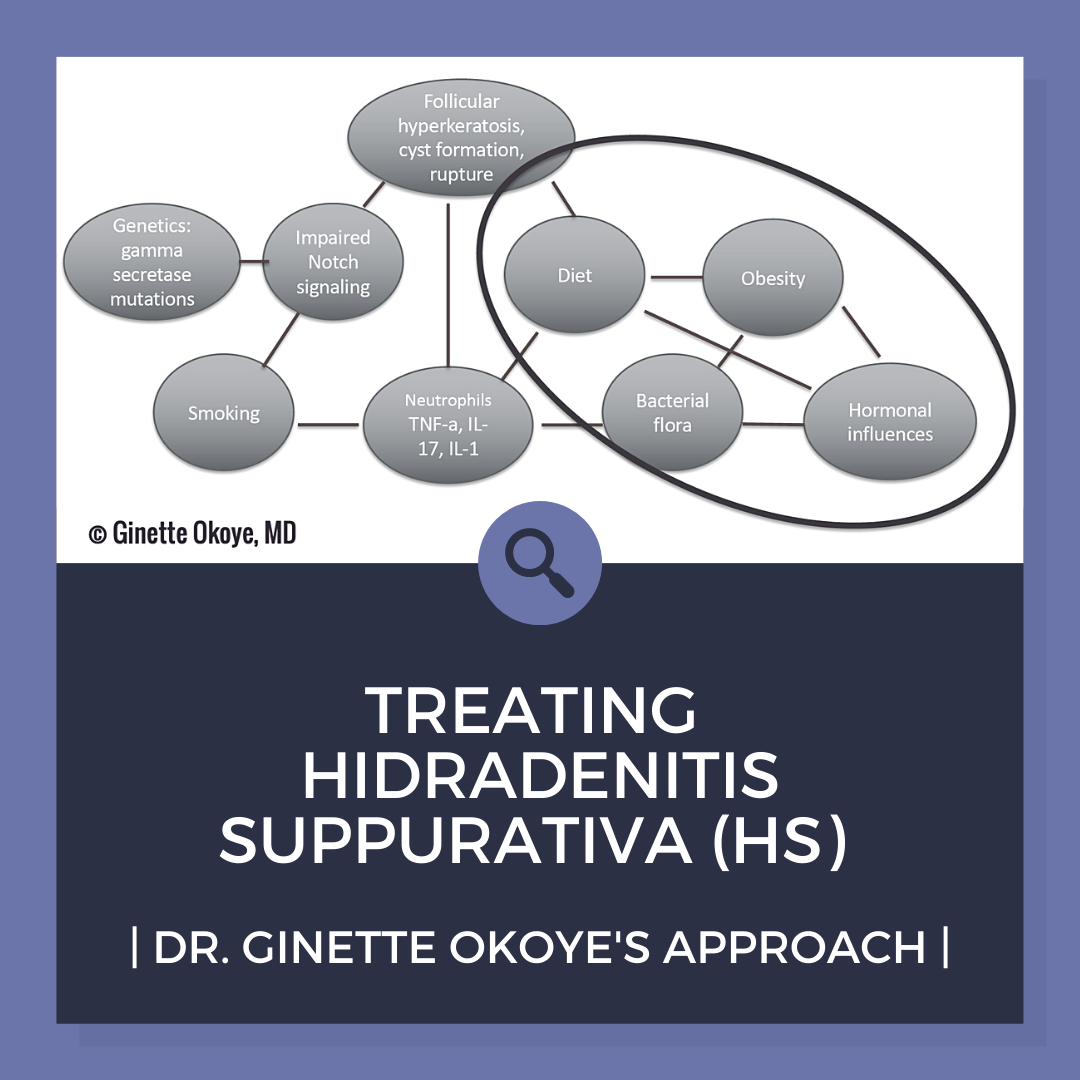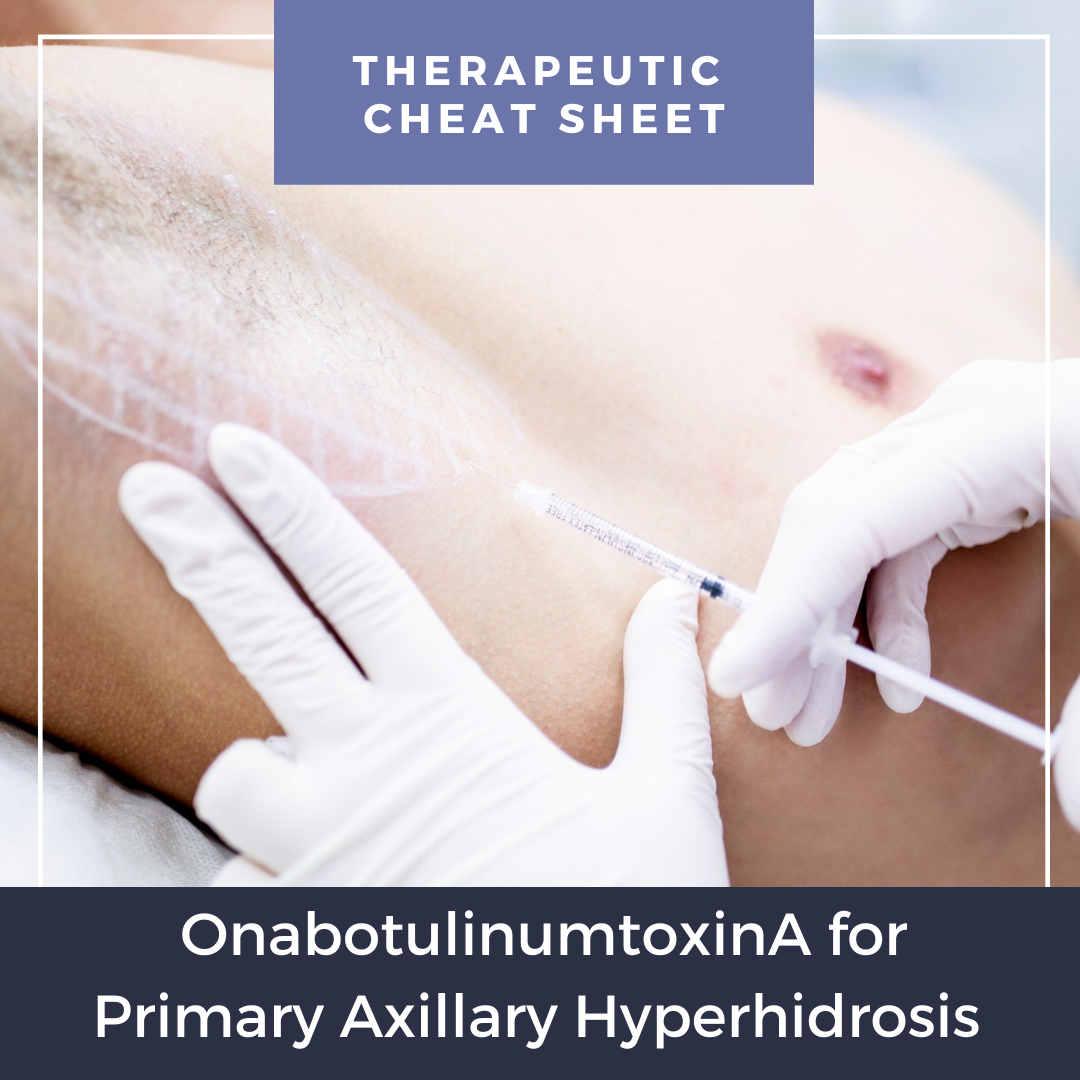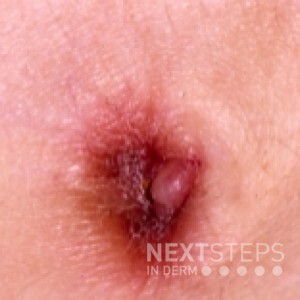“Dolphin Skin” and Other Trends | Patient Buzz Series
 This month’s Patient Buzz includes articles about skin care trends from “dolphin skin” to “banana masks” to “potato hacks.” Feeling out of the loop?
Don’t be caught off guard when your patients ask about the latest trends on TikTok and other social media channels. Be ready for your next office visit by browsing this list of dermatology articles from the consumer press.
…
This month’s Patient Buzz includes articles about skin care trends from “dolphin skin” to “banana masks” to “potato hacks.” Feeling out of the loop?
Don’t be caught off guard when your patients ask about the latest trends on TikTok and other social media channels. Be ready for your next office visit by browsing this list of dermatology articles from the consumer press.
…
 This month’s Patient Buzz includes articles about skin care trends from “dolphin skin” to “banana masks” to “potato hacks.” Feeling out of the loop?
Don’t be caught off guard when your patients ask about the latest trends on TikTok and other social media channels. Be ready for your next office visit by browsing this list of dermatology articles from the consumer press.
…
This month’s Patient Buzz includes articles about skin care trends from “dolphin skin” to “banana masks” to “potato hacks.” Feeling out of the loop?
Don’t be caught off guard when your patients ask about the latest trends on TikTok and other social media channels. Be ready for your next office visit by browsing this list of dermatology articles from the consumer press.
… Continue reading "“Dolphin Skin” and Other Trends | Patient Buzz Series"


 This patient also has a diagnosis of acne vulgaris (diagnosed 10 years ago). What is the most likely explanation for these cutaneous changes?
A. Peripheral vascular disease
B. Diabetes mellitus
C. Drugs hypersensitivity reaction to penicillin
D. Minocycline-induced hyperpigmentation
E. Leukocytoclastic vasculitis
To find out the correct answer and read the explanation, click he …
This patient also has a diagnosis of acne vulgaris (diagnosed 10 years ago). What is the most likely explanation for these cutaneous changes?
A. Peripheral vascular disease
B. Diabetes mellitus
C. Drugs hypersensitivity reaction to penicillin
D. Minocycline-induced hyperpigmentation
E. Leukocytoclastic vasculitis
To find out the correct answer and read the explanation, click he …  As dermatologists, we understand that hidradenitis suppurativa (HS) can be a devastating disease that affects all aspects of our patients’ lives, influencing their physical health, ability to be active, and ability to be intimate. This disease disproportionately affects patients with skin of color and unfortunately, treatment can be challenging. We are lucky to have experts who dedicate their cl …
As dermatologists, we understand that hidradenitis suppurativa (HS) can be a devastating disease that affects all aspects of our patients’ lives, influencing their physical health, ability to be active, and ability to be intimate. This disease disproportionately affects patients with skin of color and unfortunately, treatment can be challenging. We are lucky to have experts who dedicate their cl …  Primary hyperhidrosis (PHH) is a dermatologic condition characterized by overactivity of eccrine glands resulting in excessive sweating primarily affecting the palms, soles, axillae, and craniofacial area. PHH is not caused by other conditions, whereas secondary hyperhidrosis is caused by an underlying medical condition or medication side effect. Botulinum toxin injections are often used as second …
Primary hyperhidrosis (PHH) is a dermatologic condition characterized by overactivity of eccrine glands resulting in excessive sweating primarily affecting the palms, soles, axillae, and craniofacial area. PHH is not caused by other conditions, whereas secondary hyperhidrosis is caused by an underlying medical condition or medication side effect. Botulinum toxin injections are often used as second …  What is the eponym for this metastasis to the umbilicus?
A. Tripe palm
B. Sign of Leser-Trelat
C. Pityriasis rotunda
D. Trousseau sign
E. Sister Mary Joseph Nodule
To find out the correct answer and read the explanation, click here.
Brought to you by our brand partner Derm In-Review. A product of SanovaWorks.
…
What is the eponym for this metastasis to the umbilicus?
A. Tripe palm
B. Sign of Leser-Trelat
C. Pityriasis rotunda
D. Trousseau sign
E. Sister Mary Joseph Nodule
To find out the correct answer and read the explanation, click here.
Brought to you by our brand partner Derm In-Review. A product of SanovaWorks.
…